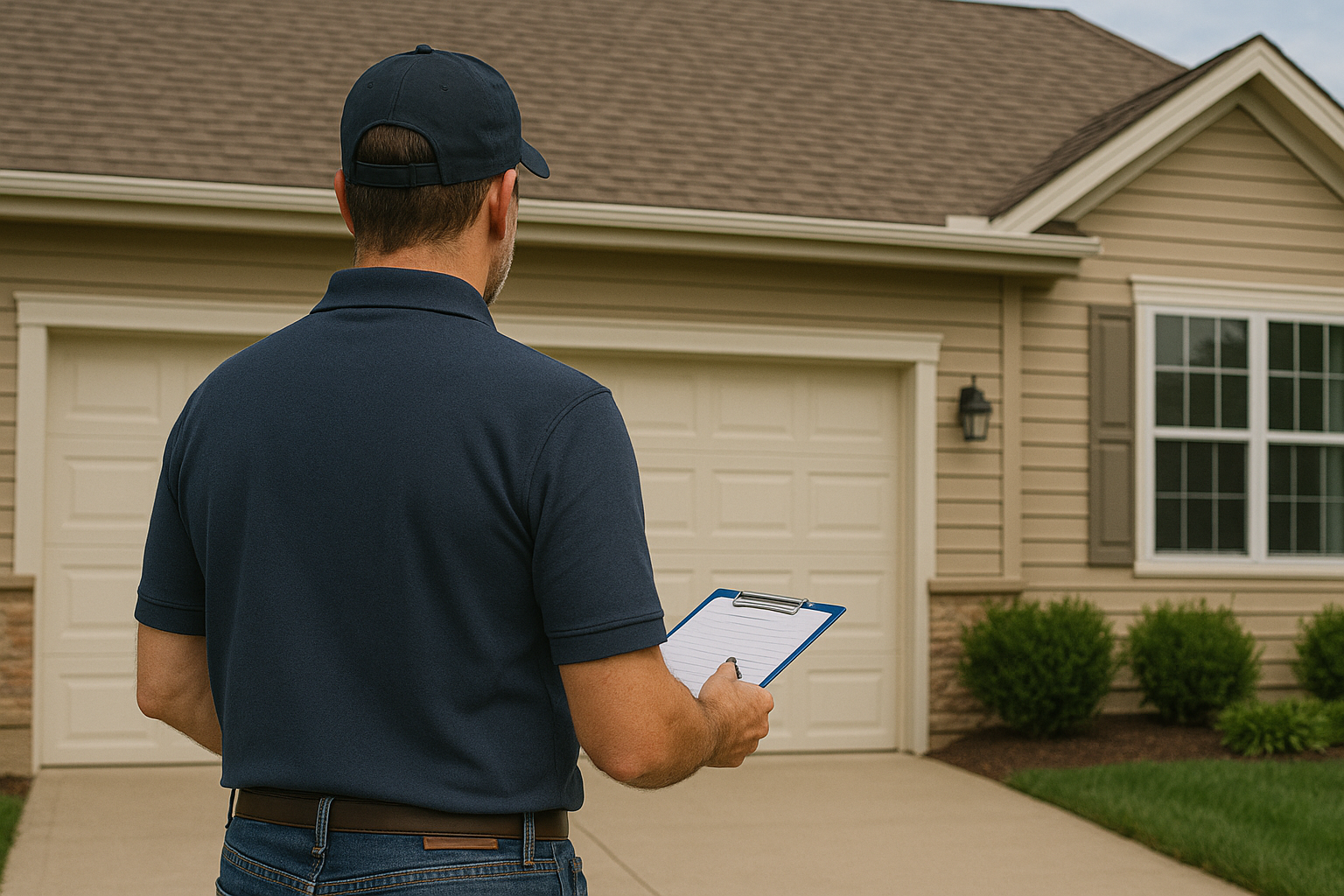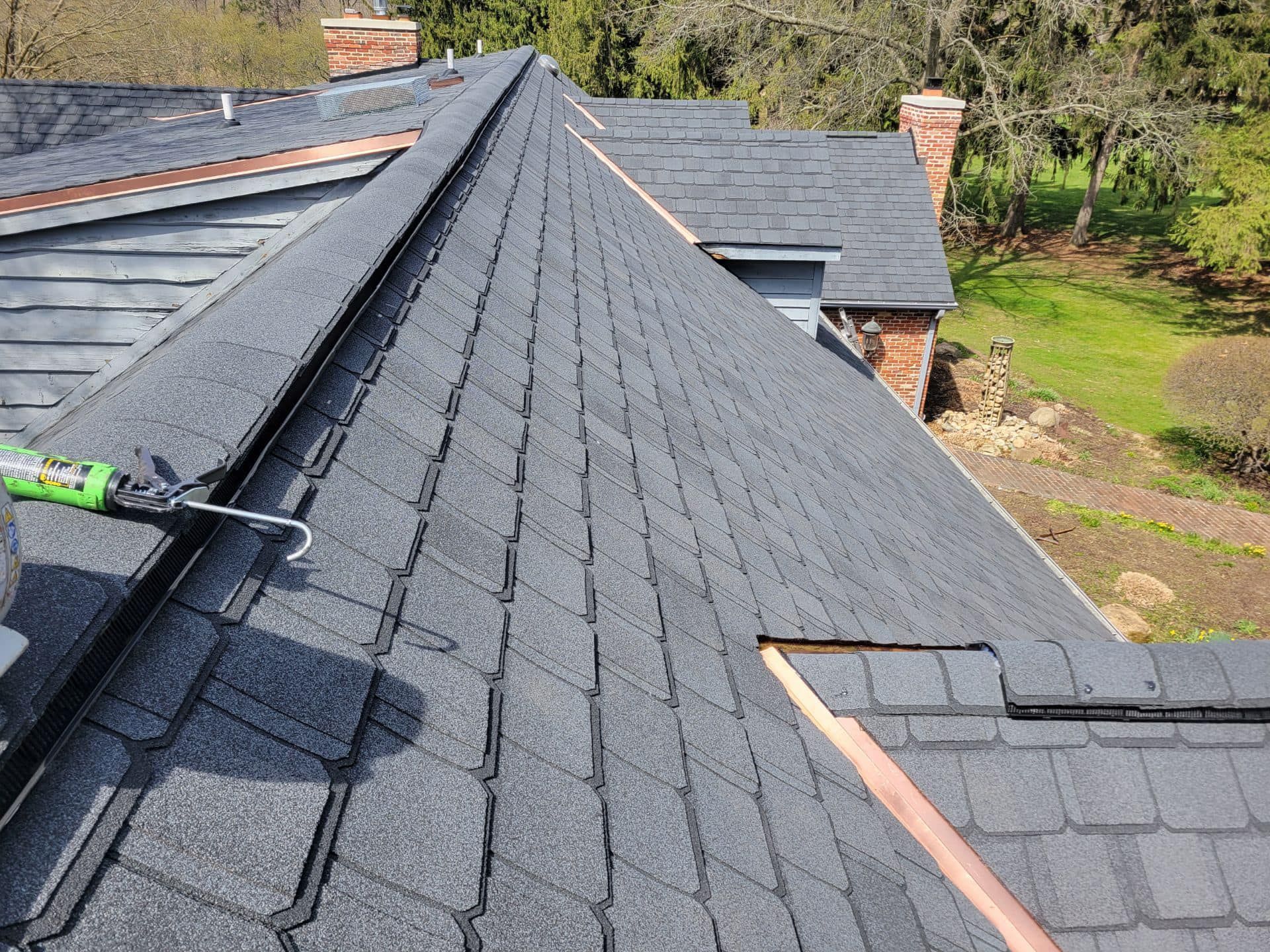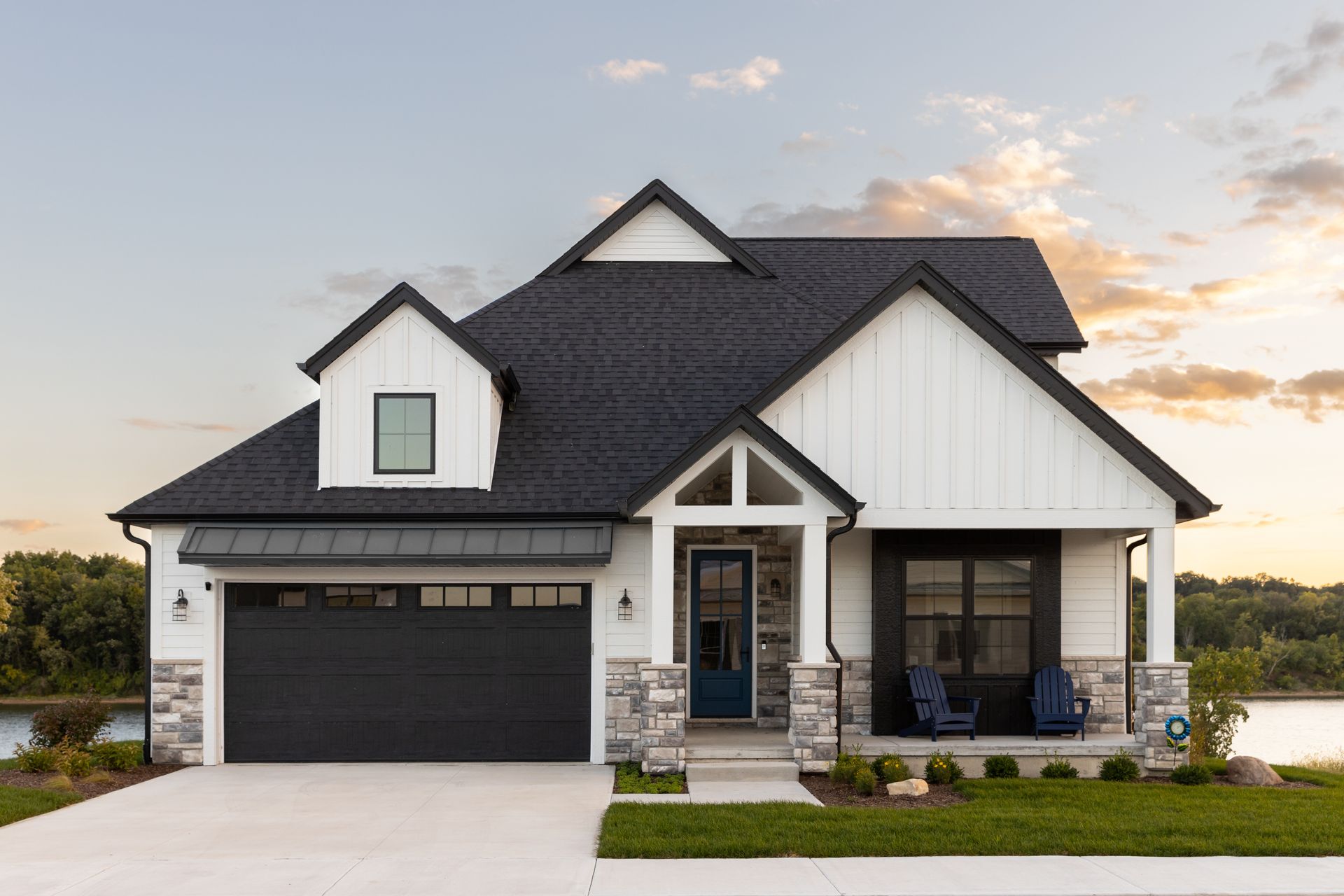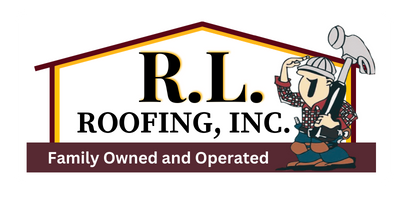Types of House Siding
There are a variety of siding options on the market. Learn about the pros and cons of each type and call us to schedule a free estimate!
8 Different types of siding to consider
Choosing the right siding for your home is an important decision that affects your home's aesthetics, durability, and maintenance needs. Here are some of the most popular types of house siding, along with their key features and benefits.
1. Vinyl Siding
Overview: Vinyl siding is one of the most popular choices for homeowners due to its affordability, low maintenance, and wide range of styles and colors.
Benefits:
- Cost-Effective: Vinyl siding is generally less expensive than other materials.
- Low Maintenance: Requires minimal upkeep, usually just occasional cleaning.
- Durable: Resistant to moisture, rot, and insects.
- Variety: Available in numerous colors and styles, including options that mimic wood.
Considerations:
- Durability: While durable, it can crack or warp under extreme temperatures.
- Appearance: Some people feel it lacks the natural look of wood or other materials.
2. Fiber Cement Siding
Overview: Fiber cement siding is made from a mix of cement, sand, and cellulose fibers. It’s known for its durability and ability to mimic the look of wood or masonry.
Benefits:
- Durability: Resistant to rot, termites, and fire.
- Appearance: Can be made to look like wood, stone, or brick.
- Low Maintenance: Requires periodic painting but holds paint well, reducing the frequency.
Considerations:
- Cost: More expensive than vinyl but less costly than natural wood.
- Installation: Heavier and more difficult to install, typically requiring professional installation.
3. Wood Siding
Overview: Wood siding offers a natural, classic look and can be customized with various stains and paints. Common types of wood siding include cedar, redwood, and pine.
Benefits:
- Aesthetic Appeal: Offers a warm, traditional appearance that many homeowners find attractive.
- Customizable: Can be painted or stained in any color.
- Insulation: Provides good insulation compared to some other materials.
Considerations:
- Maintenance: Requires regular maintenance, including painting, staining, and sealing to protect against moisture and pests.
- Cost: More expensive than vinyl and requires more upkeep costs over time.
4. Metal Siding
Overview: Metal siding, often made from aluminum or steel, is known for its durability and modern appearance.
Benefits:
- Durability: Resistant to fire, rot, and insects.
- Low Maintenance: Requires minimal maintenance.
- Eco-Friendly: Often made from recycled materials and is fully recyclable.
Considerations:
- Cost: Can be more expensive than vinyl but typically less than fiber cement or wood.
- Appearance: Can dent or scratch, and may not offer the same aesthetic appeal as wood or fiber cement.
5. Brick Siding
Overview: Brick siding provides a timeless, classic look with excellent durability. It’s typically used as a veneer over a wood frame.
Benefits:
- Durability: Extremely durable and low maintenance.
- Fire Resistance: Provides excellent fire resistance.
- Insulation: Offers good thermal mass, helping to regulate indoor temperatures.
Considerations:
- Cost: One of the more expensive siding options.
- Installation: Requires professional installation, which can add to the cost.
6. Stone Veneer Siding
Overview: Stone veneer siding mimics the look of natural stone at a fraction of the cost. It’s made from a mixture of natural stone and concrete.
Benefits:
- Aesthetic Appeal: Provides the appearance of natural stone without the high cost.
- Durability: Resistant to weather and pests.
- Lightweight: Easier to install than natural stone.
Considerations:
- Cost: More affordable than natural stone but more expensive than vinyl or fiber cement.
- Installation: Professional installation is recommended for best results.
7. Stucco Siding
Overview: Stucco is a cement-like mixture applied over a mesh or frame. It’s known for its smooth, textured finish and is commonly used in Mediterranean and Spanish-style homes.
Benefits:
- Durability: Resistant to fire and insects.
- Customizable: Can be tinted in various colors and applied in different textures.
- Insulation: Provides good insulation properties.
Considerations:
- Cost: Moderately expensive.
- Maintenance: Can crack over time and may require periodic repairs.
8. Composite Siding
Overview: Composite siding is made from a combination of materials, such as wood fibers and resins, designed to offer the best properties of each material.
Benefits:
- Durability: Resistant to moisture, rot, and insects.
- Aesthetic Appeal: Can mimic the look of natural wood.
- Low Maintenance: Requires less upkeep than natural wood.
Considerations:
- Cost: More expensive than vinyl but often less than fiber cement.
- Installation: May require professional installation.
Conclusion
Choosing the right siding for your home involves considering various factors such as cost, maintenance, durability, and aesthetic appeal. Each type of siding has its unique advantages and drawbacks, so it's essential to assess your specific needs and preferences. Consulting with one of our professional siding installation estimators can help you make an informed decision and ensure a beautiful, long-lasting result for your home. Request an estimate today!












